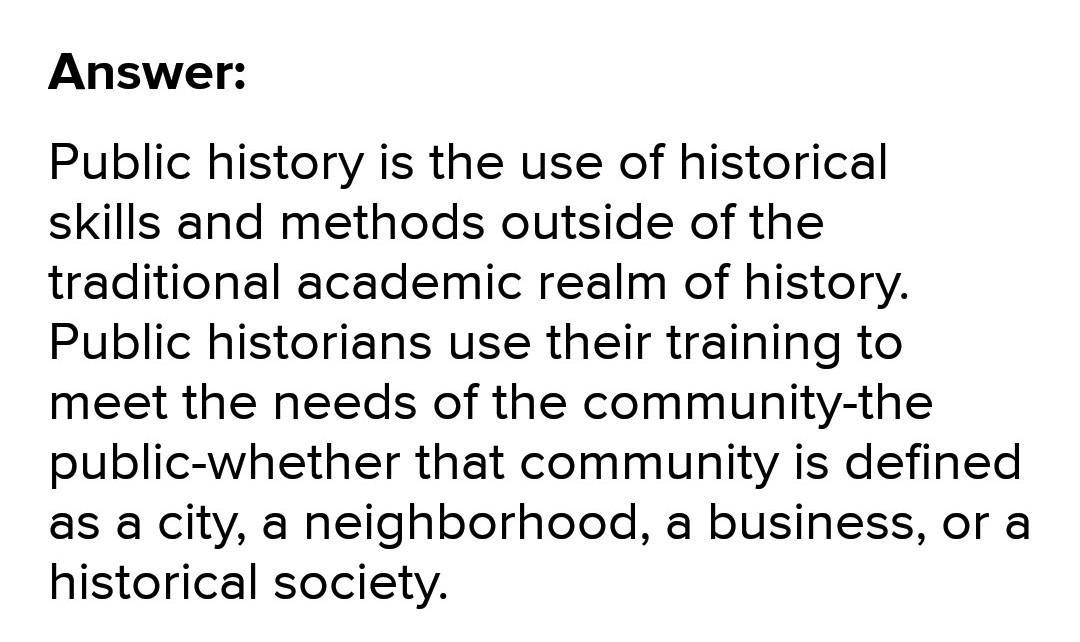Telangana, as a geographical and political entity was born on June 2, 2014 as the 29th and the youngest state in Union of India. However, as an economic, social, cultural and historical entity it has a glorious history of at least two thousand five hundred years or more. Megalithic stone structures like cairns, cists, dolmens and menhirs found in several districts of Telangana show that there were human habitations in this part of the country thousands of years ago. Remnants of iron ore smelting found at many places demonstrate the hoary roots of artisanship and tool making in Telangana for at least two thousand years. The reference to Asmaka Janapada, part of present Telangana, as one of the 16 Janapadas in ancient India proves that there existed an advanced stage of society.
One of the first five disciples of the Buddha, Kondanna is a typical name from Telangana and though there is no exact information about his native place, the earliest known Buddhist township of Kondapur in Medak district is believed to be after him. The Buddha himself famously acknowledged that it was Kondanna who understood him properly. The Buddhist sources say that Bavari, a Brahmin from Badanakurti in Karimnagar sent his disciples to all the way to north India to learn Buddhism and spread the message in this region. Megasthenes, who visited India in the 4th century BCE, wrote that there were 30 fortified towns of Andhras and a majority of them were in Telangana. In the historical age, Telangana had given rise to mighty empires and kingdoms like the Satavahanas, Vakatakas, Ikshvakus, Vishnukundins, Chalukyas, Kakatiyas, Qutb Shahis and Asif Jahis.
The emergence and flourishing of these powerful political formations is in itself a proof of existence of a sturdy economic, social and cultural structure. Thus Telangana has been a vibrant social entity by the time of the Buddha and continued to be so for the next two and a half millennia. Endowed with such rich cultural heritage, despite the attempts by historians and scholars from Andhra region to obfuscate and erase its history, Telangana always retained and fought for its self respect and self rule. Due to the official efforts to ignore, erase, belittle and look down Telangana history and turn it into an appendage or a footnote, particularly during 1956-2014, much of Telangana history is either not properly researched or not recorded even if it was studied. Telangana rose again and secured its political identity now and is in the process of resurrecting its own glorious past.


